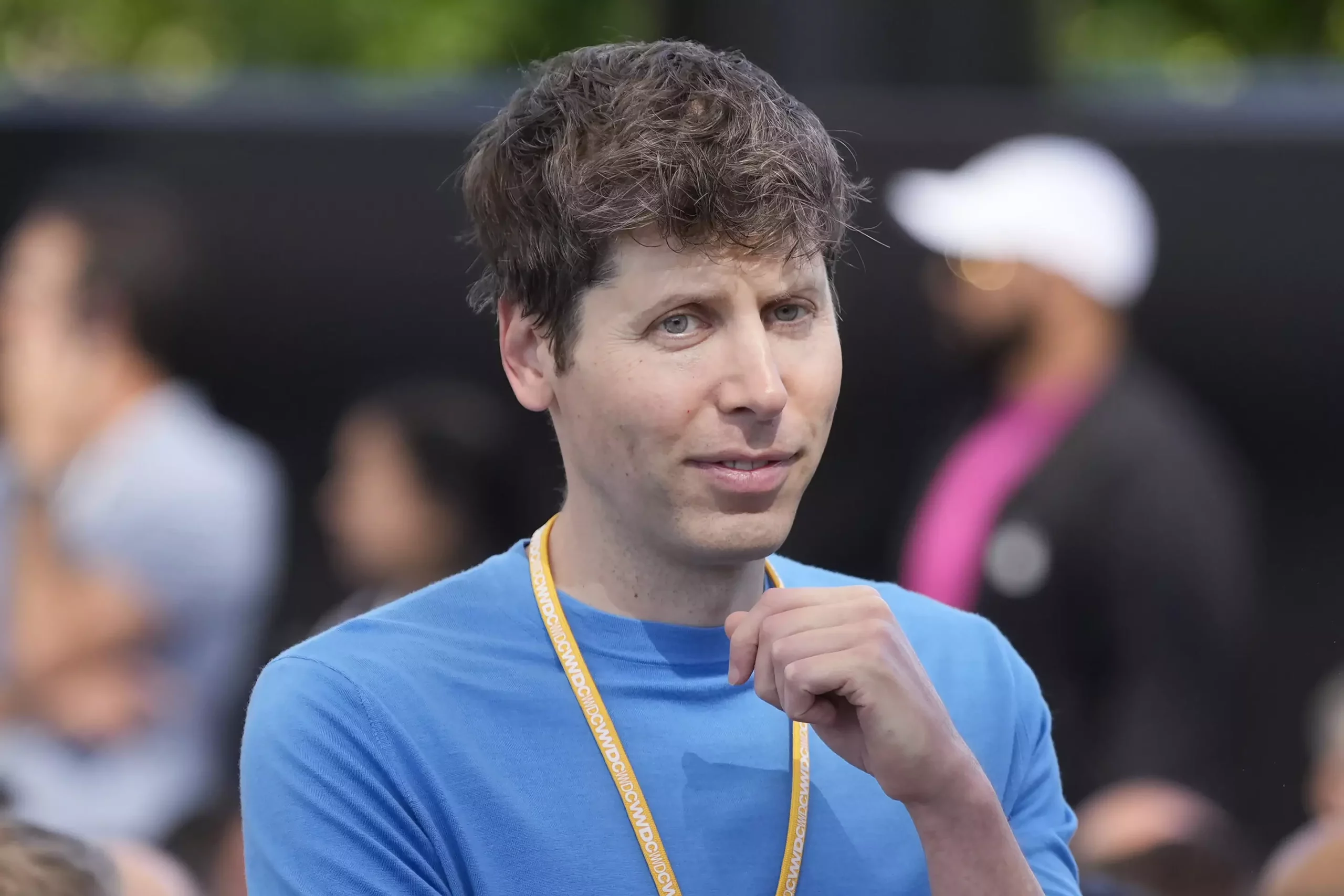The unprecedented ascent of OpenAI’s valuation to a staggering $157 billion raises crucial questions about the implications of its nonprofit origins and the sustainability of its hybrid corporate structure. As the organization, known for its groundbreaking innovations like ChatGPT, navigates the murky waters of nonprofit governance while ostensibly pursuing profit-driven objectives, it finds itself at a potentially precarious crossroads.
OpenAI was initially founded as a nonprofit dedicated to the ethical development of artificial intelligence for the benefit of all humanity. This altruistic ethos brought the organization considerable credibility and support within the tech community and among investors. However, as OpenAI has evolved, particularly following tumultuous leadership changes, the conflict between its nonprofit mission and the drive for profitability has become glaringly apparent. Professor Jill Horwitz from UCLA School of Law emphasizes the inherent tension in such dual structures, stating that when commercial interests clash with charitable objectives, the latter must prevail to honor the organization’s foundational commitment to the public good.
Amid these challenges, OpenAI’s CEO, Sam Altman, has hinted at a potential restructuring, possibly transitioning towards a public benefit corporation. Though such a shift is merely speculative at this point, it could illuminate a more sustainable path forward while maintaining the nonprofit’s core mission. However, transitioning out of a nonprofit model entails complex legal ramifications, particularly concerning the handling of assets and intellectual property.
The scrutiny of OpenAI’s organizational paradigm is poised to intensify, potentially involving multiple regulatory bodies, including the IRS. The intricacies of converting from a nonprofit to a for-profit entity are not trivial; they necessitate rigorous adherence to tax laws that stipulate any transferred assets must be compensated at fair market value to other charitable entities. This raises pressing questions: What exactly constitutes the nonprofit’s assets? Are intangible elements like intellectual property included? And how will the organization delineate what needs to be compensated if its governance shifts?
Andrew Steinberg from Venable LLP articulates the complexities involved, indicating that any attempt to restructure corporate subsidiaries could be an “extraordinary” endeavor requiring meticulous navigational strategies through intricate legal frameworks. Observers recognize the potential ramifications of failing to address these legal intricacies, warning OpenAI that it may face hefty financial liabilities should it lose its grip on its subsidiaries.
OpenAI’s recent trajectory raises fundamental concerns about whether it has adhered to its initially stated mission. As the organization explores modifying its corporate structure, the motivations behind such a decision may be scrutinized heavily. Elon Musk, a co-founder and vocal critic, has articulated concerns over whether the company has strayed from its core objectives. This skepticism is echoed by Geoffrey Hinton, a prominent AI pioneer, who contends that OpenAI seems to prioritize profit over its foundational principles of safe AI development.
Hinton’s concerns underscore a growing apprehension surrounding the balance between innovation and ethical responsibility. As OpenAI continues to forge ahead in the rapidly evolving tech landscape, it must confront these criticisms head-on and reaffirm its commitment to the values that initially catalyzed its founding.
The unfolding narrative of OpenAI poses an essential inquiry not only for the organization but also for other tech entities that may grapple with similar dual identities. As artificial intelligence becomes increasingly integral to modern society, maintaining ethical frameworks while pursuing economic goals is paramount. The pressure to deliver groundbreaking innovations while adhering to social contracts presents a balancing act fraught with uncertainty.
As OpenAI contemplates its future direction, the key will be ensuring that any corporate restructuring doesn’t merely signal a shift in governance but also serves as an affirmation of its commitment to responsible AI development. This recalibration phase could prove pivotal in reshaping the perception of OpenAI, potentially restoring public trust while re-establishing its mission’s altruistic foundations.
OpenAI is at a crucial juncture where it must reconcile its nonprofit heritage with its new realities as a highly valued tech entity. The choices made during this phase will significantly impact not only the organization itself but also the larger conversation about morality, responsibility, and the role of AI in society. As stakeholders, regulators, and the public look on, OpenAI has the opportunity to set a precedent for how innovative organizations can thrive without compromising their ethical standards.


Leave a Reply